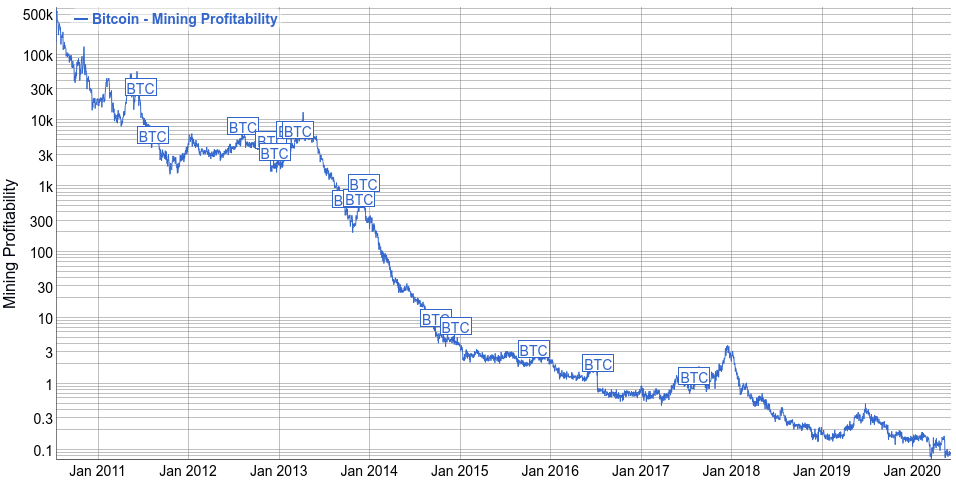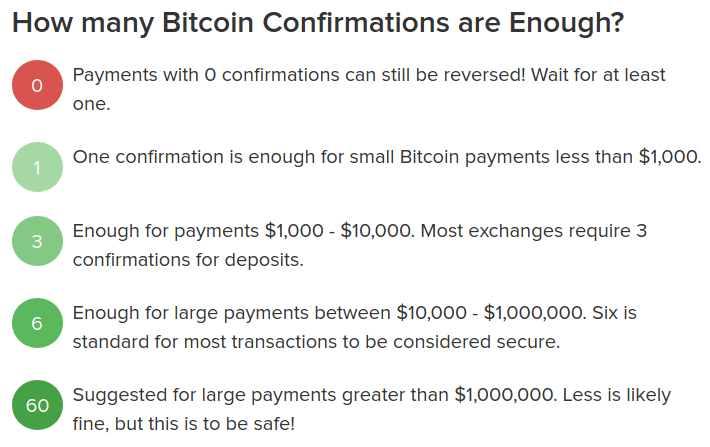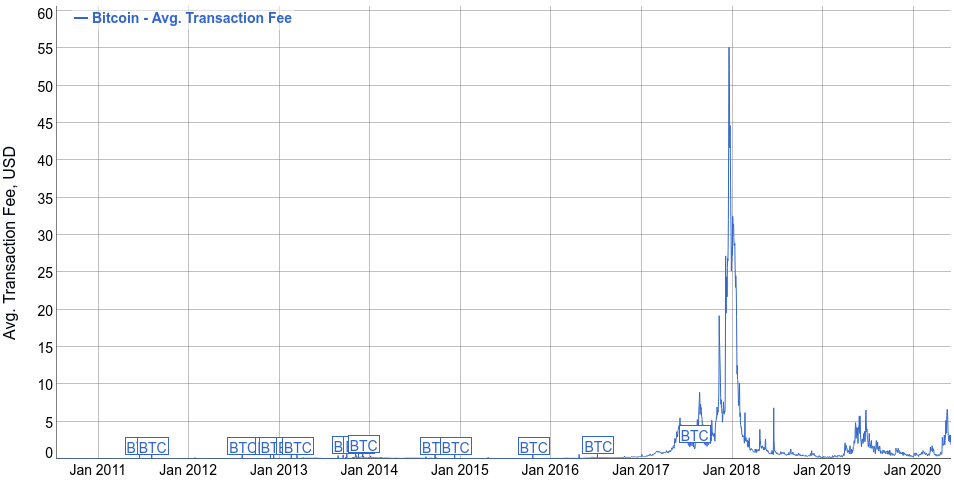Offset vs Blockchain¶
The recent rise in popularity of digital currencies might make it difficult to understand what makes Offset different in its approach to money and payments. We present here the differences between Offset and a blockchain based digital currency.
Summary¶
Blockchain |
Offset |
|
|---|---|---|
Yes |
No |
|
Proof of work (Mining) |
Trust between people |
|
Created through mining |
Created and destroyed by users. Automatically adjusts to market size. |
|
Rewards first adopters |
Early and late adopters have the same money creation power |
|
Transactions are very expensive |
Transactions are cheap |
|
A few minutes, up to a few hours |
Less than a few seconds |
|
Certainty increases as time progresses, but never reaches 100% |
100% certainty when completed |
|
Blockchain size increases at a rate of a few GBs every month |
Small constant size (A few KBs) |
|
High fees due to mining difficulty |
Low fees |
|
Yes |
No |
Global consensus¶
Global consensus is a core idea powering blockchain based digital currencies: All the participants in a blockchain network try to maintain together a single view of the current state of balances for all users. Blockchain based currencies usually use proof of work as a technology to achieve consensus: the ledger that took the most effort to create is chosen as the global truth.

Longest chain rule: The black chain is chosen to be the new agreed upon state, because it took the most effort to create. (source)¶
Contrast with blockchain currencies, Offset does not attempt to achieve global consensus. Instead, every Offset user maintains synchronized balances with a few selected Offset friends. In other words, each Offset user has a local view of his own balances, and not a global view of the balances of all Offset users. It turns out that secure payments are possible even without a global consensus system!
The figure shows how Offset keeps balances in a decentralized manner. Blue dots are Offset nodes, brackets represent credit limits, and green arrows represent the current balance between a pair of nodes. Every Offset node only has to maintain balance information with nodes he has direct relation to.¶
Offset’s approach makes it much more efficient than its blockchain counterparts. The energy footprint for every transaction is small, transactions are faster, and the storage required for every user is of a very small constant size.
Security foundation¶
Decentralized network can be subverted when populated by large amounts of identities all belonging to a single malicious adversary. This kind of attack is called a Sybil attack. We compare here the mitigations used in blockchain systems and in Offset against sybil attacks.
Blockchain systems use proof of work as a safeguard against Sybil attacks. This idea can be simply described as: “one processor, one vote”. blockchain networks rely on the fact that computation power is rare.
Therefore an adversary has to gain meaningful computation power before he can obtain influence over a blockchain network. In blockchain based network, having large computation power can provide an adversary with the ability to double spend money.
Offset does not make use of Proof of work. Instead, Offset uses trust between people as a safeguard against Sybil attacks. In order to use Offset, a user has to set up mutual credit lines with a few Offset friends. Friends should be chosen carefully! Friends will usually be people the user has real world familiarity with, or possibly a trusted local hub.
For every Offset friend, the user sets up a credit limit. The credit limit is the maximum amount of money the friend might owe the user. It is also the maximum amount that the user will lose in case the relationship with this friend is lost. Hence, Offset relies on the fact that real life relationships are rare. An Offset user can spend money from his mutual credit relationships and disappear, but it will cost him relationships that might be more valuable than the money he spent.
Origin of money¶
Money creation in blockchains¶
Blockchain systems have a mining mechanism for the creation of new money. Mining is a computationaly expensive process that fills multiple roles:
Inserting new money (Miners are rewarded with the newly created money)
Maintaining the blockchain consensus.
Blockchains are usually designed such that mining is initially more rewarding to miners, and as time goes by it becomes less and less profitable. For example, in Bitcoin, mining is designed to become 50% less profitable every 210000 blocks, and the total amount of Bitcoins ever created is limited to about 21 million.
This property of blockchains makes it more appealing for people to join early, with the hope of becoming rich as more users join the network.
Money creation in Offset¶
Money in Offset is created and destroyed by users. Offset is designed so that the money supply changes to match the market. As the market expands, the money supply increases. When the market shrinks, money is destroyed. Therefore, You will not become rich by joining Offset early.
The total sum of balances in Offset is always zero. Consider two Offset
friends: Bob and Charli. If Bob’s balance with respect to Charli is x, then
Charli’s balance with respect to Bob is -x. The sum of those two balances
is always 0.
We count the amount of money in an Offset network by summing all the positive
balances. For example purposes, consider again the two Offset friends: Bob and
Charli. Suppose that initially the balance between Bob and Charli is 0.
Next, assume that Bob buys a chocolate bar from Charli for the price of $2. Now the balance between Bob and Charli is -$2 from Bob’s point of view, and +$2 from Charli’s point of view. In the moment of purchase, new money was created by Bob. In this case we can say that the total amount of money in the market is $2.
The money created by Bob’s purchase will be destroyed when a complete buying cycle is complete: For example, Charli will use the newly created money to buy something from Dan, which will use the money to buy something from Eve, which will eventually buy services from Bob. When Eve buys from Bob, the money is destroyed.
The figure shows the full cycle of money creation and destruction in Offset. Bob created new money when he wanted to buy something but didn’t have any money. The money created by Bob was destroyed when Eve finally used that same money to buy something from Bob.¶
Incentives¶
Most blockchain based digital currencies reward first adopters: New money is easier to create in the beginning. Therefore people want to join early, in the hope of becoming rich when late users join the network.
In Bitcoin, for example, mining is designed to become 50% less profitable every 210000 blocks, and the total amount of Bitcoins ever created is limited to about 21 million.

Bitcoin mining profitability historical chart, USD/day for 1 THash/s, shown on a logarithmic scale. The first adopters in 2011 could 500k US dollars per day with computation power of 1THash/s. Miners in 2020 can make less than half a dollar with the same computation power. Chart Taken from from bitinfocharts.¶
Contrast with blockchain based currencies, you will not become rich by joining Offset early. Early and late Offset users have the same money creation power.
The money supply in Offset matches the size of the market, and so Offset currencies stick to their original value. Unlike blockchain based currencies, there is no point in speculating or gambling on the future value of Offset currencies.
Offset offers new users interest free credit, based on trust. A new user can start using Offset by establishing Offset friendship with another Offset user. New users do not need to spend any (traditional) money to start playing the Offset “game”.
Efficiency¶
Performing transactions in a blockchain based currency is very expensive. Consider a new transaction being issued to a blockchain network. In the typical blockchain currency, the transaction is sent to all the network participants. Each participant has to verify the transaction.
The network participants then have to perform expensive proof of work to maintain consensus over the current state of the blockchain. Taking Bitcoin for example:
“The digital currency consumes 511 kilowatt hours of electricity for one coin to change hands, according to research by digiconomist. That is equivalent to 330,000 Visa transactions, making it the most energy-intensive form of electronic trading known today” (source)
Finally, every participant in a blockchain network has to remember the full blockchain (Or large part of it) in order to verify future transactions. This means that every new transaction will have to be stored on the machines of all the network participants forever. In Bitcoin for example, the size of the blockchain grows by a few gigabytes every month. Those same gigabytes are stored on all the machines running a Bitcoin client.
Offset transactions are efficient, as Offset does not rely on proof of work or global consensus. Every Offset transaction involves communication between a few select machines, without any significant amount of computation. The amount of data Offset nodes has to maintain is small and constant sized.
During an Offset payment, a few balances between a few select nodes are affected. The rest of the network is unaware of the transaction.¶
Transaction speed¶
In a blockchain based digital currency, every batch of transactions has to propagate through all the participants of the blockchain network. As a means of avoiding money double spending, participants in the blockchain network have to perform expensive proof of work and achieve global consensus over the new state of the blockchain.
A blockchain transaction is considered complete only when there is enough certainty that it will stay inside the blockchain, and this might take a long time to happen.
For example, in Bitcoin new blocks are added to the blockchain at a rate of about 1 block every 10 minutes. For small transactions most users will want to wait at least one block, and for larger transactions where stronger certainty is required, users will sometimes prefer to even wait 6 blocks (about one hour).
Offset transactions are very efficient with respect to their blockchain based counterparts. This is possible because Offset does not rely on a global consensus to operate.
It usually takes no more than a few seconds for an Offset transaction to complete. an Offset transaction will usually pass through only a few computers in the network that are relevant to the transaction. Offset doesn’t have to maintain any shared ledger, and therefore no consensus or proof of work are required.
Transaction certainty¶
Payments with blockchain based currencies have some amount of uncertainty. When you send money using blockchain currencies, you have to wait for a while. The more you wait, the more certain you are that the transaction completed successfuly, though you will never become 100% sure.
This phenomenon is inherent to the blockchain design. When a new transaction is added as part of a new block on the blockchain, it is still possible that a “longer chain” not containing the new transaction will appear. A transaction is considered to be more and more certain as new blocks are added on top of it.

A diagram with thumb rules of how many bitcoin confirmations (blocks) are enough to be sure a transaction is complete. Taken from buybitcoinworldwide.¶
Most blockchain based currencies allows the sender of money to add transaction fees. The fees are paid to the miners that run the expensive consensus computation (proof of work), hence miners prioritize transactions with higher fees. Paying higher fees for a transaction makes it get into the blockchain faster, hence increasing the certainty that it will complete successfuly in a timely manner.
Unlike blockchain based transactions, Offset transactions do not have an element of uncertainty. Offset transactions are 100% certain when complete. We call this characteristic transaction atomicity.
An Offset transaction changes a list of balances along a path, atomically. When the buyer hands an Offset Commitment to the seller, the transaction is complete with 100% certainty.
Storage¶
To operate a blockchain, every network node has to store the full blockchain. For example, the size of the bitcoin blockchain in May 2020 is more than 270GB, and it keeps growing in the rate of about 5GB every month.

A chart showing historical data for Bitcoin’s blockchain size. Taken from blockchain.com.¶
Offset is storage efficient. In comparison, every Offset user has to save only a few kilobytes of information about his balances and current state, and that amount stays constant.
Fees¶
Sending money using a blockchain based currency usually requires extra transaction fees. This is extra money paid to make sure the transaction succeeds. Why are those fees required?
Blockchain based currencies are usually operated by miners: Those are machines that run the computationaly expensive global consensus algorithm, Also known as proof of work.
Running a miner is expensive, as it requires electricity, proper cooling and other maintanence. To cover those expenses, miners are incentivized by receiving transaction fees. In Bitcoin, for example, the average transaction fee (5/2020) is a few US dollars.
Miners will usually prioritize transactions with higher fees over transactions with lower fees. Hence users that want to make sure their transaction is processed quickly have to provide large enough fees.
If transaction fees are too low, it will become not profitable to run a miner. Therefore blockchain based networks have a theoretical lower bound over the transaction fees 2. This lower bound is related to the amount of miners in the network, the amount of transactions (per unit of time) and to the costs of computation.

Historical Bitcoin average transaction fee. Note the peak at the end of 2017, happening due to large amount of transactions during the “Crypto boom”. At that time the avarage transaction fee reached $55.16 per transaction. Chart Taken from from bitinfocharts.¶
Offset does not require a global consensus, and has no miners. It is extremely cheap to run an Offset node, and so Offset fees are mostly unrelated to computation costs. Offset fees are determined by Offset users. Every user can decide the fees required for a certain Offset friend to transfer a transaction through him.
It is too early to know, though we believe that Offset fees will be mostly related to risk management. For example, a large Offset hub might take larger fees, because of the greater risk taken when dealing with many people, while two family relatives might set up 0 fees, because the risk is much lower. Generally speaking, the larger the trust between people, the lower the fees.
Receive payments when offline¶
The blockchain approach allows users to collect payments even when they are offline. For example, it is possible to send money to a Bitcoin address even if the recipient is currently not connected to the Internet.
One downside of Offset design is that Offset users have to be online in order to collect payments. This happens because Offset payments require the recipient to sign using his private key. The recipient is the only one knowing his private key, and therefore he has to be online in order to collect the incoming payment.

